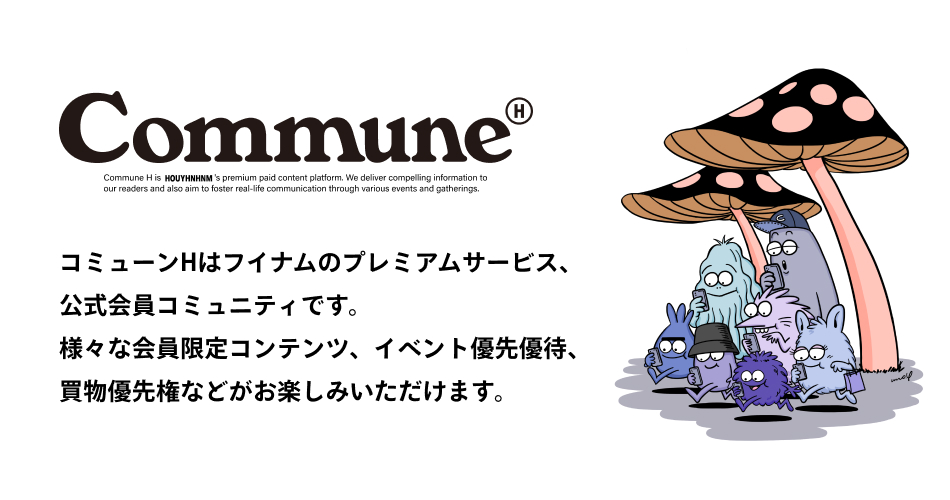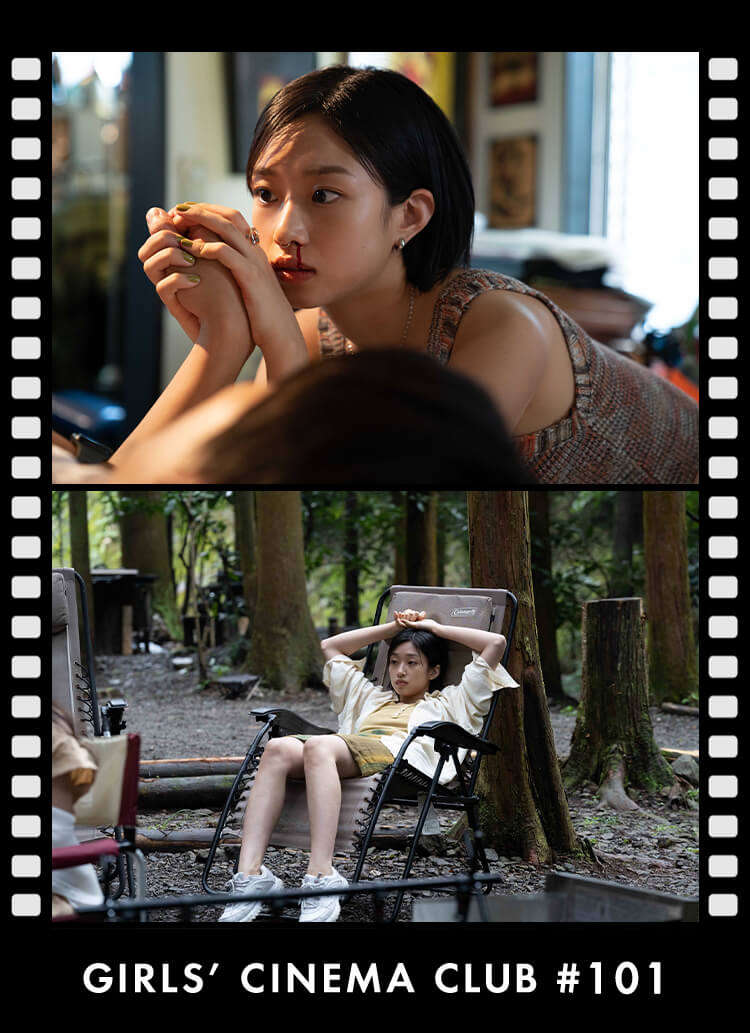Perversely, stoic.
This is my impression of the author, Yohei Kusanagi, when I finished reading "The History of Japanese Saunas," published in August of this year. Not only did the book contain unknown historical facts, but it also exuded Mr. Kusanagi's passion for connecting the pieces of history together by verifying a vast number of hypotheses and speculations, one by one.
It has been about 4 years since the idea was conceived. The research cost several million yen out of his own pocket. The first book on the history of sauna in Japan, which was completed while groping in the dark, relying on the spirit of inquiry for the truth that had yet to be discovered.
We asked Mr. Kusanagi, who has achieved an unprecedented feat, about his book, his creative story, sauna and this and that. Please feel the possibility of sauna that is not just a boom.
PROFILE
. Born in Tokyo in 1976. He is well versed in many creative fields, including not only media but also placemaking and events, and is in charge of coaching projects for the Japan Tourism Agency, etc. He provided the location for the outdoor sauna event "CORONA WINTER SAUNA" in Shimokitazawa in 2017, was involved in the planning and operation, and is known in the industry as a leading figure in the modern sauna boom. He is known in the industry as a leading figure in the modern sauna boom. He is an official Finnish sauna ambassador recognized by the Finnish National Tourist Board. Author of "Writers and Onsen" (edited by Kawade Shobo Shinsha) , "A History of Saunas in Japan" (amami), etc.
Twitter:@TP_kusanagi
Instagram:@yohei_kusanagi
A History of Saunas in Japan.
This book unravels the history of saunas in Japan from the Taisho era to the mid-Showa era. The book contains many interesting episodes for sauna lovers, such as the flow of sauna introduction to Japan, the first Japanese person to establish a sauna, and the first sauna facility in Japan. Among them are familiar figures and works, such as current Tokyo Governor Yuriko Koike and "Ashita no Joe" (Tomorrow's Joe), the reasons for which will be explained in this book.
The surprising connection between the Olympics and saunas.
Congratulations on receiving the 1st Annual Sauna Society of Japan Cultural Grand Prize! . 356 pages summarizing the history of sauna in Japan from the early 20th century to the modern era. As a sauna enthusiast on the edge, I could feel the unusual amount of enthusiasm (laughs).
Well done!" . I think so myself (laughs). I had originally decided not to write about the history of saunas after 1971, because you can read back issues of "Sauna & Spa Newspaper" published by the Japan Sauna & Spa Association. . I didn't know much about the history before that, and it gave me a dopamine rush when I looked it up. I felt compelled to write about something so interesting. I might have been doing research to get dopamine out of me from the beginning (laughs).
Looking back on the history of sauna in Japan, I was shocked to come across the 1920 Antwerp Olympics. I had thought that sauna and the Olympics were not connected in any way.
At the time, Hannes Kolemainen (Finnish track and field athlete), who won the gold medal in the marathon, was introduced in the October 1991 issue of Asahi Graph magazine as saying, "I was able to win because of hard training and sauna. That's how it all started. It seems that this is how sauna became known around the world, but I don't know if this is true because there are no references left. But now that I know about Kålemainen, I thought I would do some research on him.
However, since Kolemainen's books had not been published in Japan and I did not know what to read, I had no choice but to read them at random, as if I were crawling along, groping my way through. Even when I searched for "sauna" at the National Diet Library, I could only find books on saunas published after 1956.
. "The Running of Finland" (left) is a book about the state of Finnish athletics at the time.
The "European Athletics World Tour (published in 1931)" on the right contains the word "sauna" and was a breakthrough in his research.
One day, however, I realized that all I needed to do was to look up books written about "Fenland" instead of "Finland," and "steam bath" instead of "sauna. That led me to a book called "Running in Fenland," written by a track and field athlete named Kozaburo Takeuchi. This was a big step forward.
I began to understand that Japan had not achieved any results in the Olympics at that time, so they used Finland, with its strong athletes like Kolemeinen, as a benchmark. . Then I read a lot of books on Japanese track and field, so I became very familiar with the history of prewar track and field (laughs). I learned about the relationship between sauna and the Olympics, so I really wanted to release the book before the "Tokyo 2020 Olympic Games. . In the end, I couldn't make it in time.
Japan has its own sauna culture.
Why did you decide to create "A History of Japanese Saunas" in the first place?
I am the type of person who gets his knowledge from books. However, when I tried to research saunas, I found that there were many introductory books and their contents were very thin. There were no books that properly introduced the history of saunas. There are books and magazines that touch on the history, but they all write about different things and lack proper evidence. The more I read, the more frustrated I became.
In this book, too, you write that you were angry at those who sent out only appropriate information, right?
Oh yeah . I figured if no one else was going to look it up, I'd do it myself. Also, with the sauna boom of the last 3 years, various people have started to send out information about saunas, and it's not unusual to see things like, "Isn't this funny ⁉︎" or "That's not true!" . There is only one solid piece of evidence. There should be only one solid evidence, but I hate it when wrong information is spread. Because I am a fastidious person, I was bothered by the fact that there were so many different theories. I had such naïve anger (laughs).
. So you were motivated by pure curiosity and anger.
There is another reason. When I was allowed to appear on Matsuko's show in February of this year, I went on TV like a pervert. He said something like, "I have dry orgasm in the sauna" (laughs). (Laughs.) I knew it was TV, so I had no choice, but I realized that I was a nobody. I liked sauna, I knew more about it than other people, and I held events, but that was all I was. So, I had no choice but to become an authority. I thought about what I could do, and I realized that the only way was to compile a proper history of sauna.
How long did it take you to make the film?
The writing process was actually three months. . but it took four years to put the pieces of the puzzle together.
So you spent four years searching and narrowing down the literature?
Exactly. I really spent a huge amount of time researching. There were a lot of books that I read that had nothing to do with it, and pre-war books are hard to come by. Plus, it's a long process to actually start writing. . it's still a big turning point when you come up with an idea and then decide whether or not to put it into action.
I ended up writing it up, but this shouldn't be the whole story. Although I introduced this person as the first TOTONOU (revitalize), it is possible that this information will be updated in the future. . Because I did the research and wrote the article on my own, it is a weak set of values. . Someone else may find a document that is older than mine.
I see. So it could be said, "Actually, it was this person who first TOTONOU (previtalize).
To this end, the team will study the culture and culture of saunaAMAMI. I have recently launched a new project, "The History of Japanese Saunas". I would like to make the text data of "The History of Japanese Sauna" available to the team , and we would like to edit it collaboratively. If one of the team members finds new information, we would like to add it and update it. The current "History of Japanese Sauna" is a compilation of my own work. However, if there were other members who would like to work together with me, I am sure we could make an even better book. I would like to make this book even more complete by adding new information as I go along.
. It's not over yet, and it will continue to evolve. Through this book, I learned not only the history, but I also realized that there are different styles of saunas from the Finnish style, such as Kagawa's kara-buro or Russia's banya, which was a great discovery for me.
. yes, yes. You should really go to different saunas. I also like Finnish saunas and think they are wonderful. But in Japan, there are bathing methods that have been handed down since ancient times. For example, there are stone baths (a bathing method in which people bathe in steam in a closed room made by hollowing out a rock pit). Some of these baths still exist, but they have been rapidly dying out over the past few years. From my point of view, they are a cultural heritage and should be preserved more. I would like to preserve such facilities through AMAMI, and I would also like to promote saunas in Japan. There are so many attractive bathhouses in Japan that I am very impressed.
. from Kusanagi's Twitter. Todaiji Temple Annex Suo Amida Temple, a stone bath in Suo City, Yamaguchi Prefecture .
The experience is available only once a month, on the first Sunday of the month .
. Indeed, it would be a shame if such facilities were to go out of business without being known.
. If I were young, I would go out to talk to the owner of such a facility right now. When I was in my 20s, I had no status, honor, or anything else. All you have is enthusiasm. Even if your knowledge is not up to par, if you are serious, they will trust you. I think it's important to study hard and dive into the world you love.
Sauna is a game of thrills.
You mentioned earlier about the sauna boom in the past few years, what do you think is the reason for the boom?
It's the scratch of death.
Is it "Deadly Scratch"? The tension has suddenly changed from a good story .
You know, there are things like alcohol and cigarettes that are bad for you but "fun!" There are things like drinking and smoking that are bad for your health, but "fun! That is the act of playing with death, or as I like to call it, "scratching death. The number of contents in this field is rapidly decreasing due to regulations. There is "Shunkel," which has been popular among young people for the past four years or so. . It is said that if you consume cream puffs and a nutritional drink at the same time, your blood sugar level will absorb the sudden increase and you will be able to concentrate. Some netizens call it a legal booster drug, and I think it's the same thing.
What is the connection between Shunkel and sauna?
Drugs are a crime. But everyone has the desire to transcend the ego. This is where Japan's legal way of tripping comes in: Shunkel, which can be experienced easily at convenience stores. Despite the fact that it is said to be bad for one's health, a quick search on Twitter reveals that there are many young people who do it on a daily basis.
Saunas are no different. It is not an everyday act to heat up and cool down the whole body so rapidly. The body is in a critical situation. However, blood pressure and heart rate are messed up and the brain stops thinking, so the five senses are sharpened. That's why it feels so good.
I found it refreshing to hear an opinion that cuts through the generalization that "sauna = health". Since Mr. Kusanagi speaks from such a point of view, I have a question for you. Beer after sauna is not considered a good idea, but what do you think about it?
I'm not a doctor, so I can't tell you the right thing to do, but to speak culturally, there once was a writer named Kobayashi Hideo. He drank water in the morning and never rehydrated after that. He would go for a walk, write his manuscript, and in the evening, he would sip a glass of sake. In other words, he would cut out water in order to have the best drink of his life.
What I'm trying to say is that in just an hour and a half, you can have the best experience that Hideo Kobayashi pursued in his sauna. It's a short, hassle-free experience, and you can say, "This beer is so good! I love this beer!
The sauna invites us to a state of extremes.
That kind of thing. Also, I've been thinking lately that when I go outdoors, people say that the sounds of nature heal them. But aren't the sounds of the city great, too? When I'm taking an air bath at Marcin Spa (a sauna facility in Sasazuka), I wonder why the sound of the highway is so soothing. But when I went to Towada Sauna in Aomori, I heard the chirping of birds and got a jolt (laughs).
Sauna breaks all the stereotypes I had and makes me honest. Even the sound of a car's exhaust can be pleasant. I think sauna is the only place where you can have such an experience. You can escape from your cell phone, relax your brain, and feel the sounds, wind, and nature that you normally ignore. I think it's the only play that leads you into the world of the senses.
History of Sauna in Japan
Stores handled:
Some bookstores and hot bath facilities nationwide
AMAMI Online Store





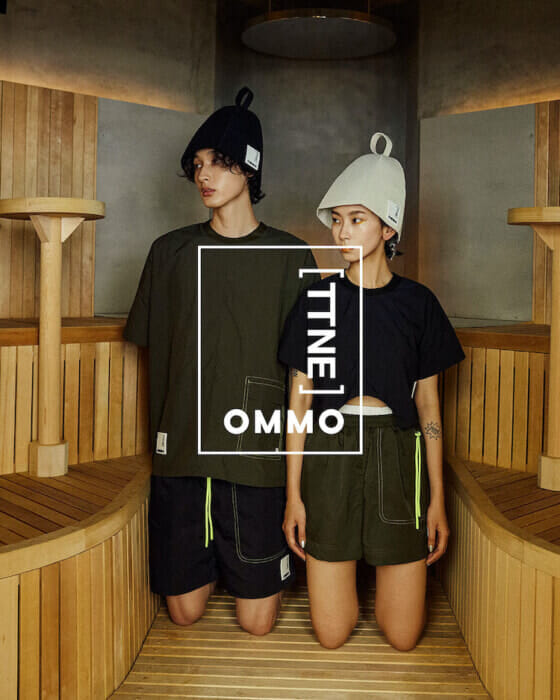
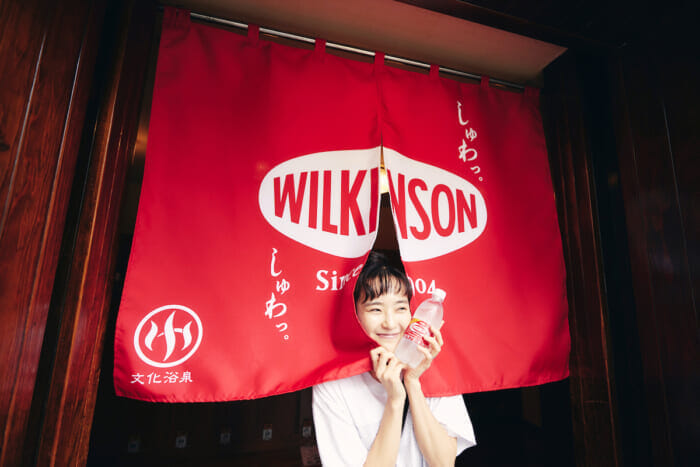
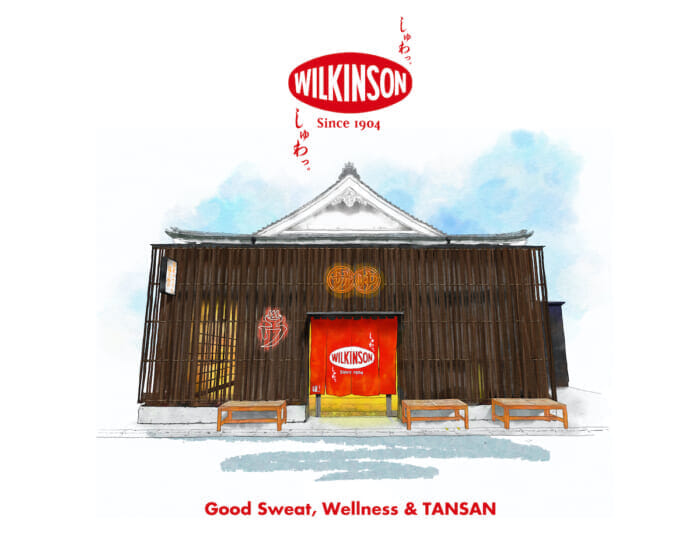
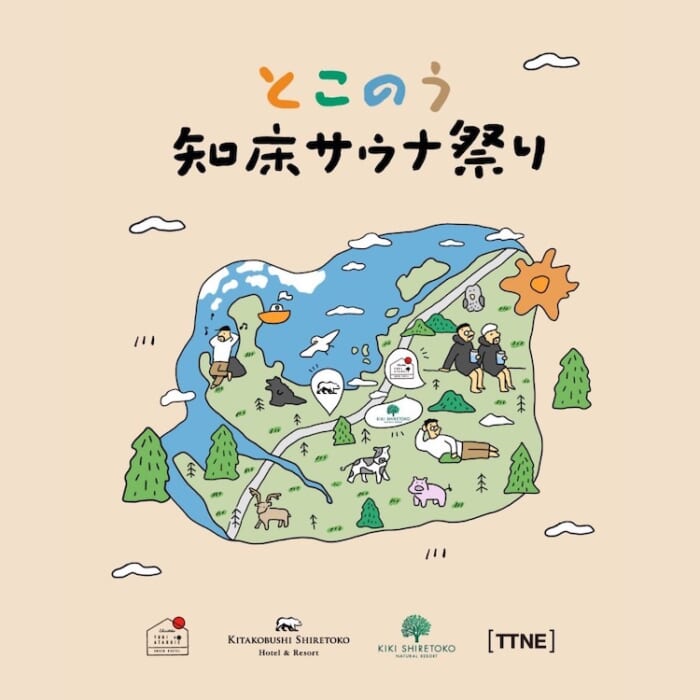
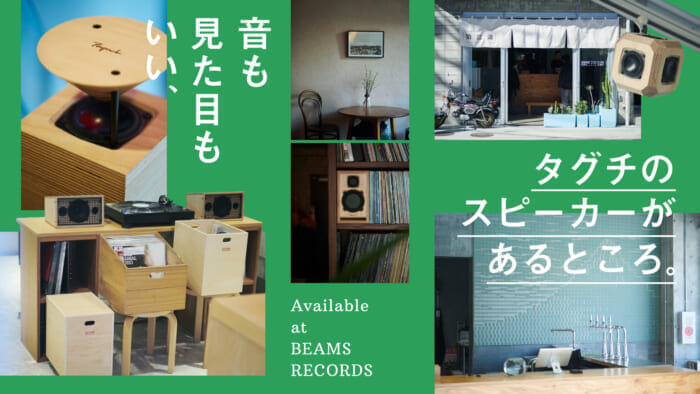
![FOCUS IT.] Izumo Hotel The Cliff x Baum. TOTONOU (revitalize) your body and mind with a spectacular view, sauna, and self-care.](https://www.houyhnhnm.jp/wp-content/uploads/2023/11/DSC3278-700x467.jpg)
